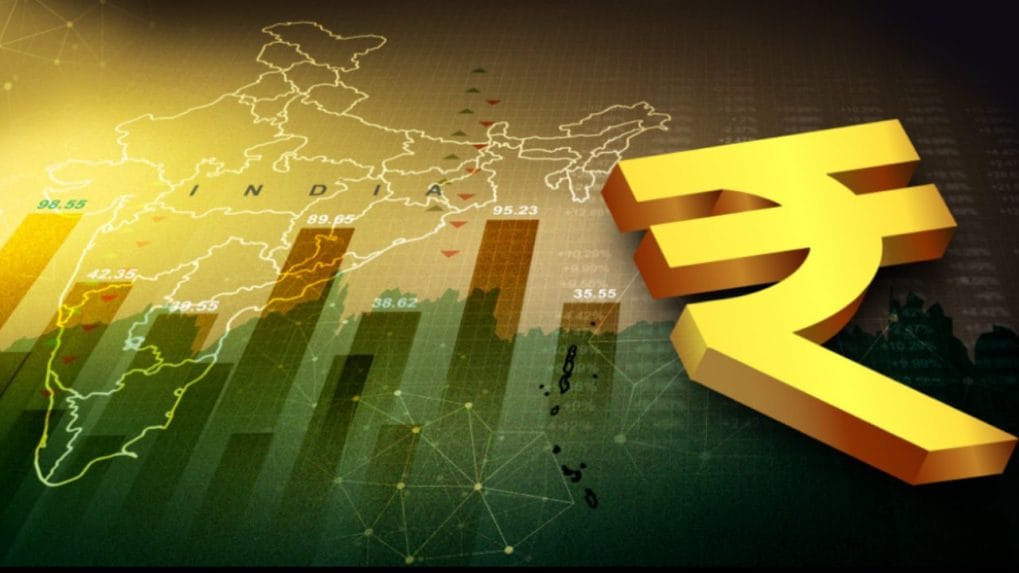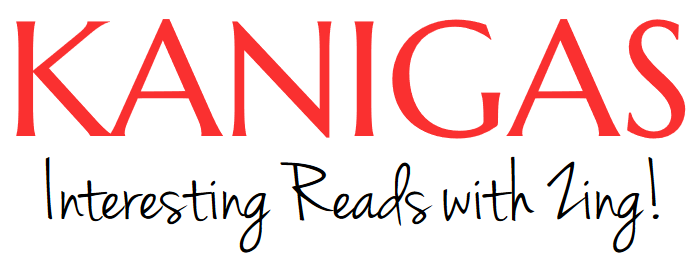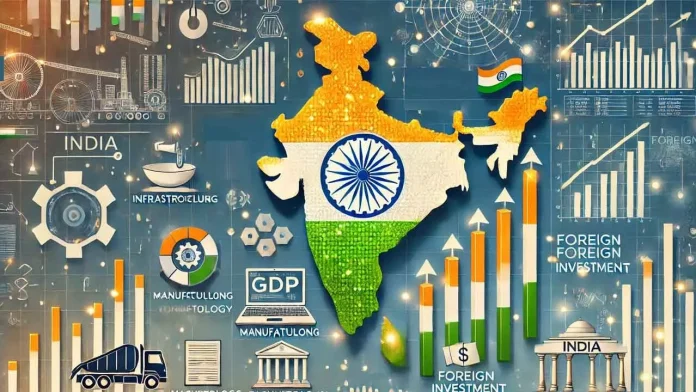- The tariff war unleashed by the President of the United States of India is playing out in vivid forms worldwide, leading to several countries making a beeline for the most powerful nation to cushion the economic blow from the move. Some countries have made an exception to the import tariffs imposed on American products in line with the Trump administration’s thinking and expectations. India has taken cautious initiatives to reduce the impact by offering tax concessions. But it also mentioned in no uncertain terms that tariff reduction will not happen at gunpoint. However, China has not succumbed to the pressures built up by the USA by not only introducing tit-for-tat tariffs but also making it clear that it will not back down one bit. So is Canada and the EU.

PC: CNN
- While the escalation perpetrated by the tariff war is apparent, what should be the way forward for the Indian economy to sustain growth amid global trade tension deserves a thorough relook and subsequent measures to thwart potential fallout. Before the Pahalgam shootout occurred, forcing her to return to India, Finance Minister Sitharaman had been talking up India’s business environment during her trip to the US. It’s a timely pitch, not only because Trump’s tariffs could shave some points off GDP growth this year but also because India does not have much headroom for a slowdown. RBI has lowered its 2024-25 GDP growth estimate to 6.5% and has forecast the same level for 2025-26. Other forecasters, like Fitch, are a shade less optimistic.

PC: Hindustan Times
- On the tariff front, Trump’s given a 90-day breather that should allow some wriggling space for the countries affected. As mentioned above, India has avoided a confrontation with Trump, unlike China, Canada, and the EU, showing intent for an early resolution. Vance’s India visit at this crucial time is a booster, and Sitharaman has said that the first tranche of the India-US trade agreement can be expected by the fall of this year. Perhaps, her bigger worry is the Indian consumer who became a reluctant spender last year, courtesy of inflationary tendencies. Private consumption is the chief engine of India’s economy, accounting for well over 50% of GDP, but this share declined from 58% in 2022-23 to 55.6% in 2023-24, even as the govt itself started scaling down spending.

PC: CNBC TV18
- Suddenly, everything from shampoo sachets to cars wasn’t moving off the shelves as fast as the govt and businesses would have liked. That’s the reason why the FM announced a large tax break for the middle class in this year’s budget, hoping that the extra cash in hand would spur consumption. May will be the first real test of this decision after workers receive their April salaries. Thankfully, there’s some good news on the energy and monsoon fronts. With fears of a Trump-induced slowdown, analysts expect oil to stay in the $55-65 range, providing a welcome cushion. Monsoon is expected to be normal for the 10th year in a row, although the forecast does not account for regional variations. Hopefully, domestic consumption will see palpable growth.






